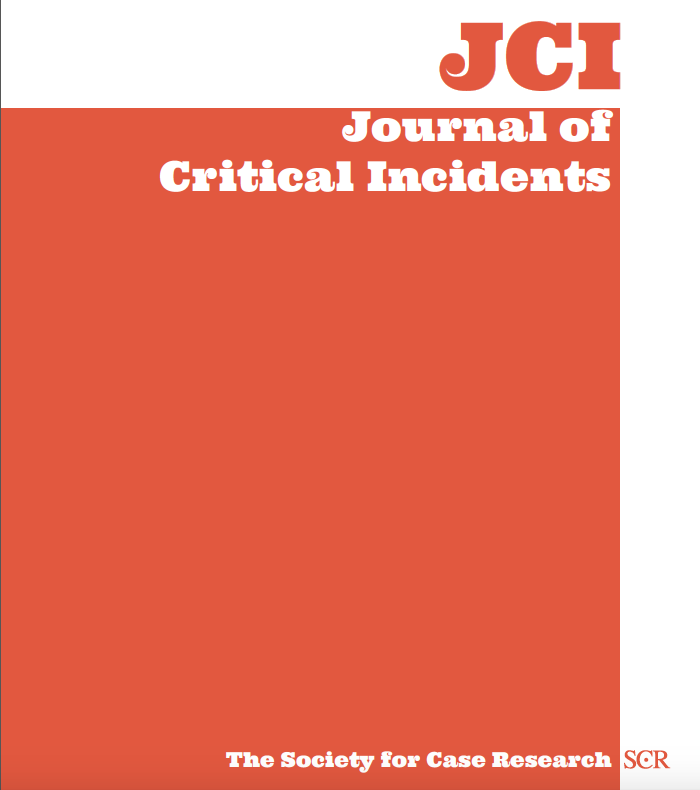Goodyear: Navigating a Socio-Political Firestorm

An American company in a verbal war with a sitting American president? Over worker apparel? In August 2020, the Goodyear Tire and Rubber Company faced a social media spat with a polarizing U.S. president who posted the tweet shown above. Viral social media images with a Goodyear symbol beside the information displayed in Figure 1 had been incorrectly identified as Goodyear’s corporate policy on employee attire. However, the image’s actual source was specific to a local Topeka, Kansas plant. After Kansas CBS TV affiliate, WIBW, reported that Goodyear had labeled certain social/political statements as “acceptable” or “unacceptable” for employee apparel, Goodyear’s stock price plunged as it confronted an agitated president and an emotionally volatile U.S. consumer market (Davidson, 2020; Garrett, 2020).
1. Evaluate the potential effects of negative social media messages on various stakeholder groups.
2. Assess how perceived company policies regarding controversial social and political stances can lead consumers to avoid a specific brand based on Lee, Motion, and Conroy’s (2009) theories on brand avoidance.
3. Evaluate the potential effects on a consumer brand’s equity when the brand becomes associated with controversial policies utilizing Aaker’s (1992) framework on brand asset
and liabilities.
4. Evaluate the factors that a stockholder should consider when deciding whether to continue to hold or to sell shares of a firm’s stock that has just suffered a significant and
unexpected decline.
5. Develop a strategy for a consumer brand facing a negative social media event based on Thill and Bovee’s (2017) framework for responding to negative social media.
